Every year the CSEG Scholarship Committee awards scholarships to deserving candidates in continuing education across Canada. In the 2021 scholarship year, 20 high-quality applications were received from across Canada and 9 scholarships of $2,000 were awarded. There were also 2 High School students awarded a scholarship of $500 for University Entrance.
In order to qualify for a university student award, students must be enrolled at a Canadian university in an academic program leading to a career in exploration geophysics. Scholarships are awarded on the basis of academic performance, financial need, interest in geophysics and extra-curricular activities. In 2012, the Foundation introduced a new scholarship in response to the emergence of geoscience technology programs across the country. To be eligible for this scholarship, students must be enrolled full-time at an accredited educational institution in Canada leading to a degree in geoscience technology. In addition to continuing the award of technologist scholarships, the Foundation awards two new university entrance scholarships to high school students. Scholarships are awarded to students who are planning on pursuing a science-based post-secondary education or are the children of CSEG members.
For students to apply for scholarships for 2022 please visit: https://cseg.ca/students/scholarships
The CSEG Scholarship Committee is part of the CSEG Foundation, and is run each year by a minimum of three volunteers tasked with assessing scholarship applications. Scholarships are funded primarily through corporate and individual donations, and through interest generated by memorial trust funds. If you are interested in contributing, we are gratefully accepting donations. Please contact a member of the committee or mail funds to the CSEG office with cheques payable to the CSEG Foundation. We ask that you clearly indicate that the funds are for a CSEG scholarship. All donations are tax deductible and a charitable donation receipt will be issued.
Scholarships fully funded by generous donations this year were supported by:
Athabasca Oil
Brian Russell
Imperial Oil Resources
Other generous donations that allowed us to fund more scholarships include Echo Seismic, Ikon Science, Seisware and Cenovus.

The CSEG Scholarship Committee would like to thank all of the generous scholarship sponsors for their support in 2021. Such sponsorship contributes greatly to the education of geophysics students, and to the advancement of the field of geophysics.
Respectfully submitted by
DARREN HINKS
CSEG SCHOLARSHIP COMMITTEE CHAIR
STEVEN QUAN
SENIOR TRUSTEE
LORI BARTH
JUNIOR TRUSTEE
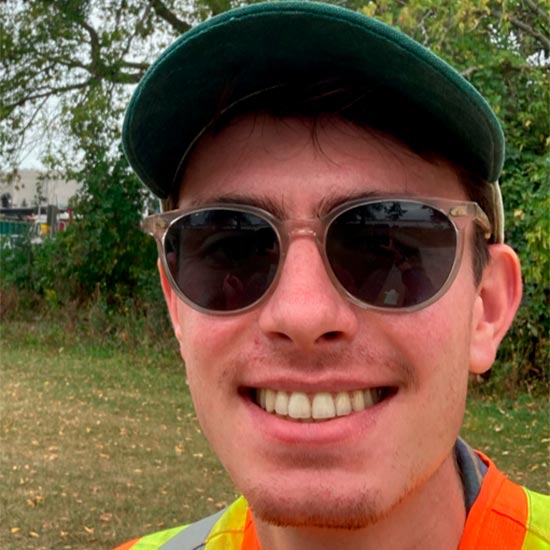
Benjamin Saadia
Benjamin is a 2nd year master’s student working on deriving value from passive seismic data in urban environments. He is passionate about geo-visualization, open-source tools, and finding new ways to use geophysical data.
Ehsan Soleimani
I completed my BSc degree in applied physics and M.Sc. degree in exploration seismology in Iran. I have worked as a seismic processing and interpretation geophysicist in Iran's most important exploration company, joint venture CGG. I was involved in many 2D and 3D seismic processing and interpretation projects in the land and marine, with clients from Iran and other countries.
After moving to Canada, I got admission and received my M.Sc. degree in geophysics from one of the most recognized research groups (SAIG) at the University of Alberta in seismic data processing and imaging. My supervisor is Professor Mauricio Sacchi, head of the physics department and chief editor of the most well-known journal in the world of seismic, Geophysics, published by SEG. Professor Sacchi's publications have been cited and referenced by many geophysicists and researchers.
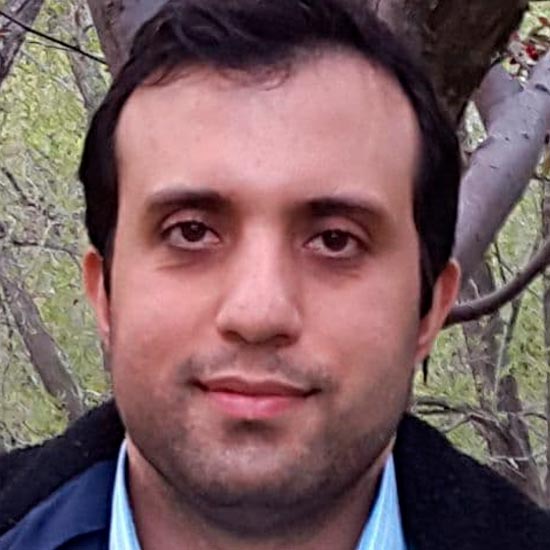
My project is Radon transform and a new second-order travel time local transform proposes a local Radon transform that can adapt to complex waveforms. Making the local Radon transform allows Radon domain coefficients to synthesize complex waveforms with laterally varying dips. The local Radon transform can be used for seismic data denoising and seismic data interpolation especially in the complex structure at the large offset where the hyperbolic equation for seismic trajectories is violated. I have developed a multi-parameter parameterization for the new transform using a second-order Taylor expansion to approximate the travel time of reflections in any domain. The main idea of this approach is to use dip and curvature information of seismic events in local windows of neighbouring traces to extract the corresponding Radon domain coefficients that synthesize the data.
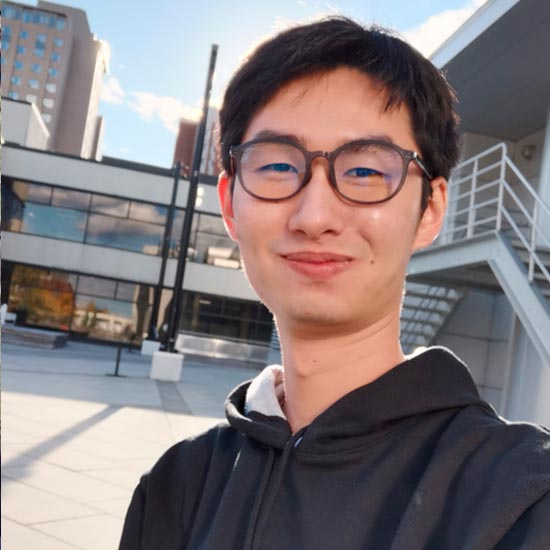
Hao Mai
Hao Mai completed his Bachelor’s degree in Geophysics at the Chengdu University of Technology in Sichuan, China. He earned a MEng. in Geological Engineering from the China University of Petroleum in Beijing, China. He is currently in his third year of a Ph.D. degree at the University of Ottawa working under Dr. Pascal Audet in Earth Science. His research is on machine learning, and how it can be used to routine processing in seismic data. He will focus on developing a series of AI applications to improve earthquake detection and location methods. In his spare time, Hao enjoys playing soccer in local leagues.

Matthew Fedorchuk
Matthew is in his third year of his Honours B.Sc. Geophysics program at University of Calgary. In the summers he has been fortunate to work in the Oil and Gas sector focusing on geophysical interpretation for the purpose of mapping and well optimization. Outside of geosciences he likes to spend his time climbing at the local climbing gym or outside. He coaches the youth climbing team and loves to share his passion for the sport with others. He was drawn to geophysics because of his inherent interest in geology from his climbing background, and a love of mathematics and physics from school. In the future he looks forward to the application of geosciences in the evolving industries, such as geothermal.

Megan MacDonald
Megan MacDonald graduated from Cole Harbour District High school in Halifax, Nova Scotia, with the International Baccalaureate and French Immersion diplomas. She was awarded the Queen Elizabeth medal for her exceptional community and school involvement, and her high academic achievement. At Dalhousie University, Megan is a third-year student pursuing a combined honours in Physics and Earth Sciences with a Minor in Mathematics, and Certificate in Information Technology. She is employed as a research assistant with CRISDal Labs, studying Cosmogenic Isotopes. Megan is involved in many university committees, including the Dawson Geology Society, the Physics Society, and the Dalhousie Science Society. She is an avid outdoor enthusiast, musician and photographer. After completing her undergrad, Megan plans to purse to doctorate degree.
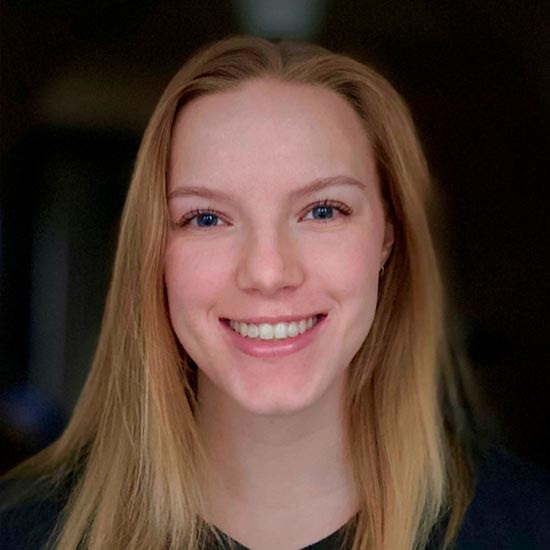
Nicole Bell
Nicole Bell is a fourth-year undergraduate student studying at the University of Waterloo. She is completing her BSc in Earth Sciences with a specialization in geophysics. She is currently completing an honours thesis project focused on using the horizontal-to-vertical ambient-noise seismic method to delineate the internal structure of a buried bedrock valley. Ultimately, she hopes that this will provide insight into the efficacy of this passive seismic method and its potential for use on complex geological structures. She has previously been involved in and presented research pertaining to the development and testing of an earthquake-early-warning system in eastern Canada. Nicole loves the outdoors and is an avid canoeist who enjoys hiking, camping, and skiing. She hopes to one day complete her professional geoscientist designation in Ontario.
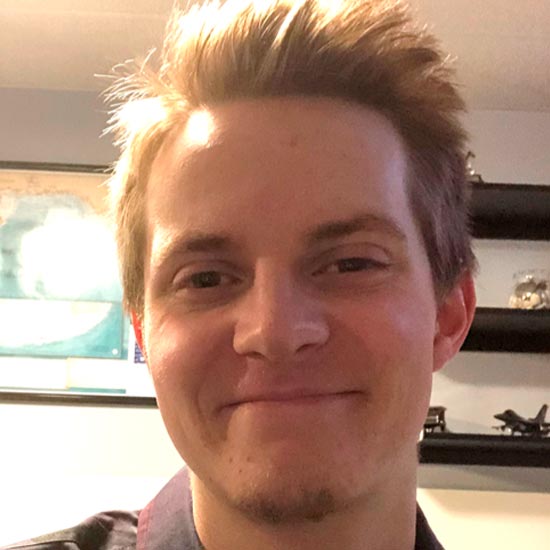
Ray Guerard
Ray is in his second year of the B. Sc. Geophysics Honours degree program at the University of Manitoba in the city of Winnipeg. Growing up, he always had a keen interest in the outdoor world around him—geologically and historically. Finding fascination in mineral exploration, mathematics, and geophysical research, Ray has sought out opportunities to get involved in research and field work. He took part in a seismic NSERC Undergraduate Student Research Award project in the summer of 2021 involving determining the feasibility of various two-dimensional arrays of geophones to analyze ambient waves, and assisted in ground-penetrating radar operation and data analysis as a volunteer for an indigenous reserve in the search of unmarked graves in former residential school sites. He looks forward to the future impact he can have on the industry—working alongside project engineers, architects, and other geoscientists in various projects that improve the quality of life around the globe.
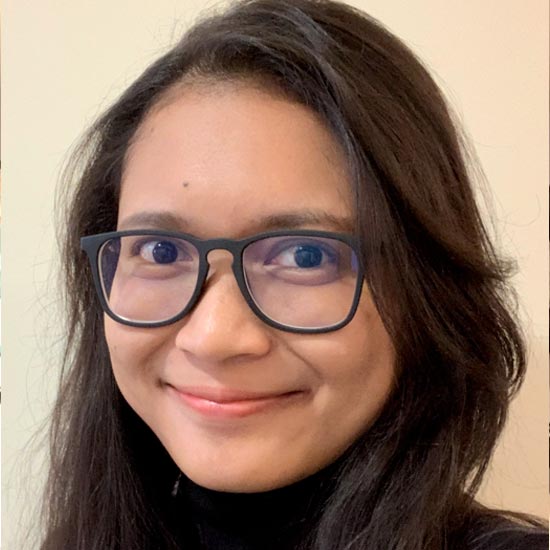
Siti Robiah Ummu Karomah Al Wardah
Robiah is a graduate student at Queen’s University in the Department of Geological Sciences and Geological Engineering under the co-supervision of Prof. Alexander Braun and Prof. Alexis Lussier Desbiens. Her primary research interests are in earth and data sciences. She will focus on the rapid geophysical sensor deployment using UAS for her PhD project. However, she would want to bring her research for more pragmatical use e.g., in urban geophysics or in the insurance business. Hence, she is now also participated in the Invention to Innovation (i2I) Skills Training at Beedie School of Business, Simon Fraser University to pursue business and management skills.
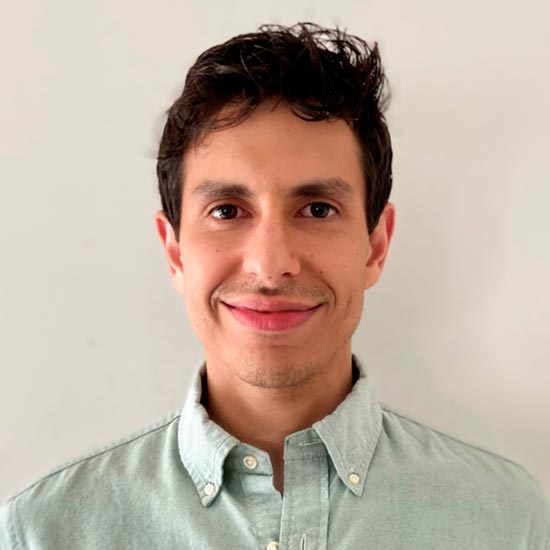
Jose Miguel Castillo
Jose Miguel completed a BSc. in geophysical engineering and a MSc. in geophysical exploration at the University of Aberdeen. Currently he is a first year PhD student at Dalhousie University in the Earth and Environmental Department. He has taken a special interest in Earth model building and inverse problem after having worked in the oil and gas industry. This I why, his PhD focuses on simultaneous joint inversion with seismic and electromagnetic data for offshore freshened groundwater exploration. He hopes that his investigation will lead to help coastal regions that have freshwater problems by presenting offshore groundwater as an alternative resource.











Share This CSEG Report